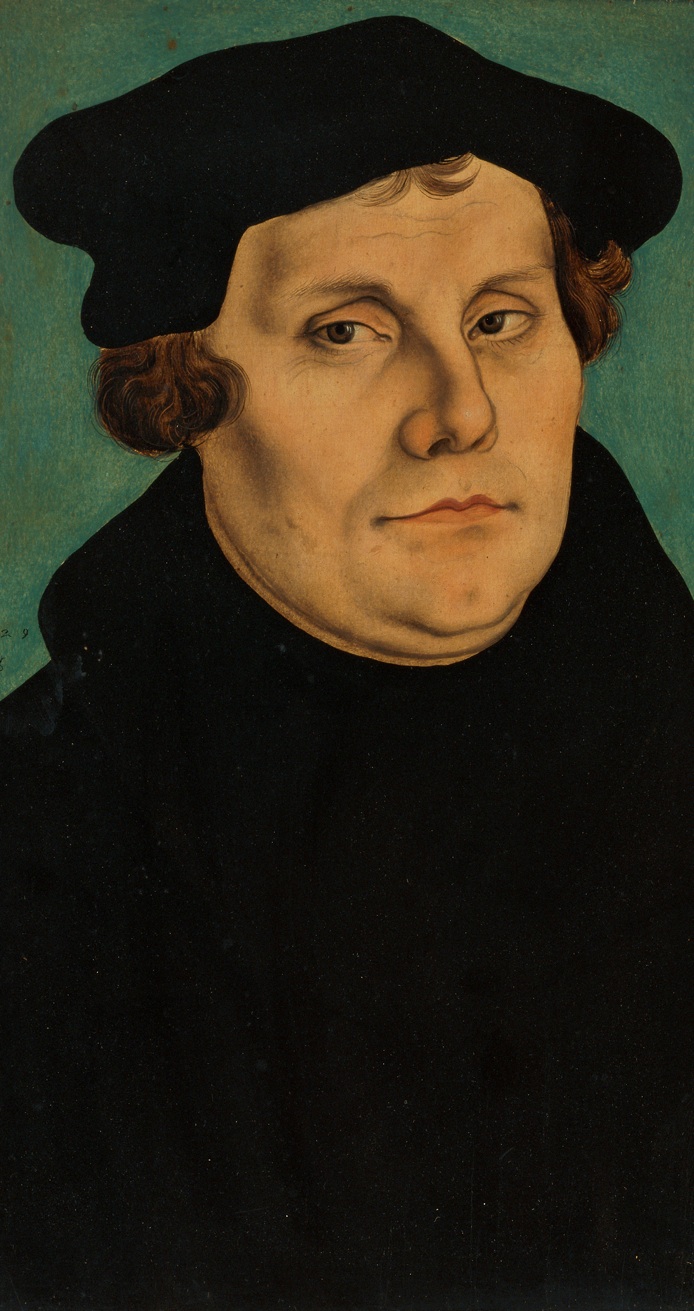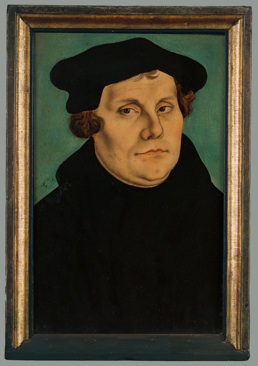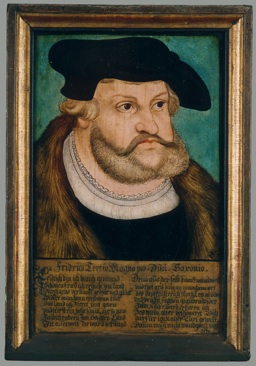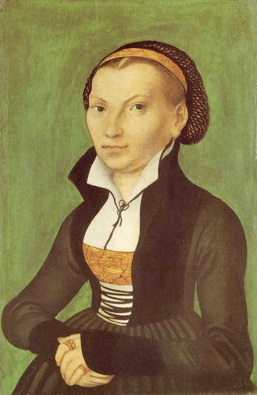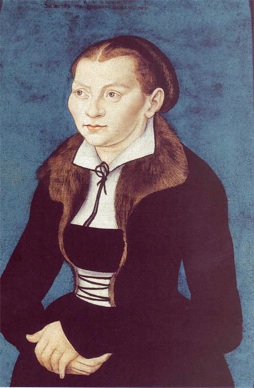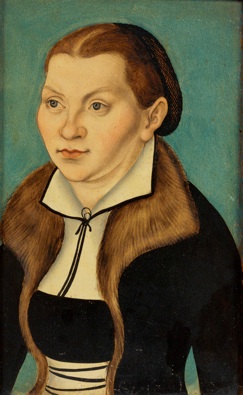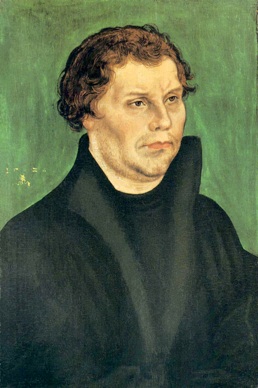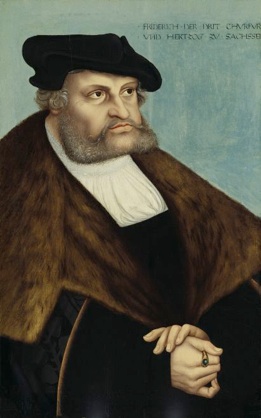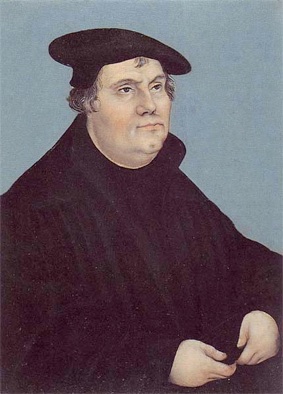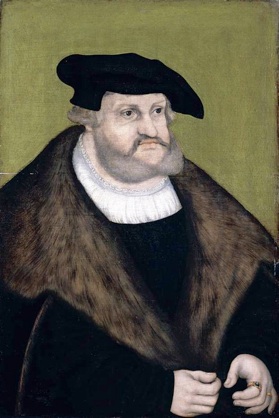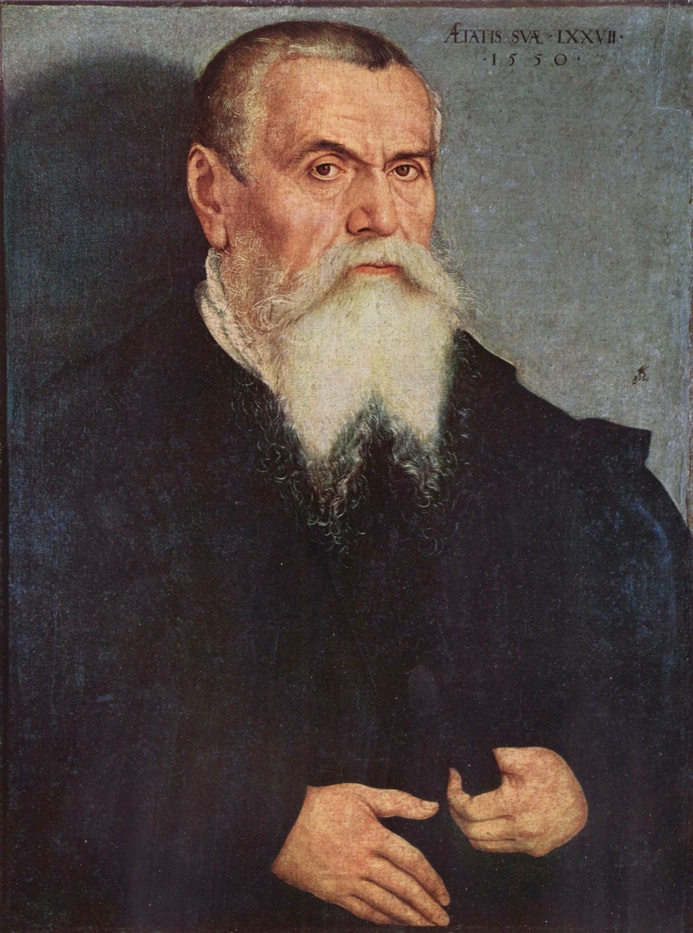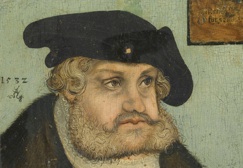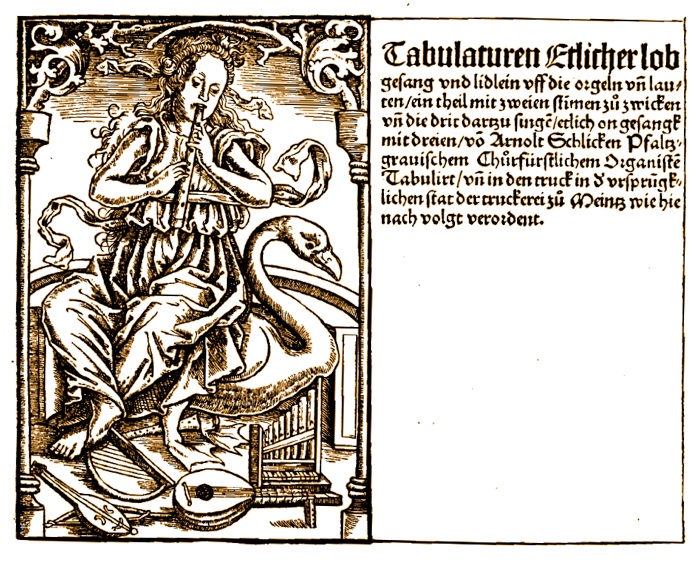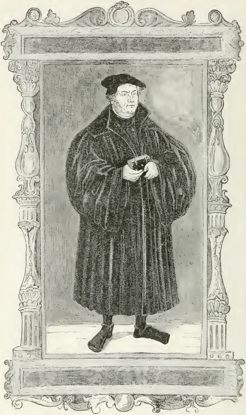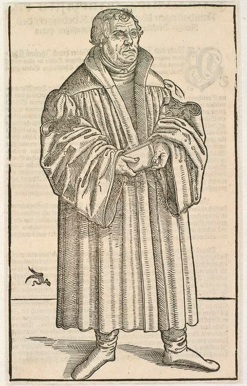Music and Martin Luther
Martin Luther , leader of the German Reformation, was a gifted tenor, flutist, lutenist, poet, and composer.
As with most music students of his time, Luther had a grounding in both singing and the lute and was recognized as a skilled lute-player with a pleasant tenor voice.
For Luther, music was not a ‘dark art’ but one which he grasped as well as any other educated person of his time. He enjoyed singing and playing his lute at home. Some Christian writers of the past, notably Augustine, were distrustful of music and its emotional effect. Augustine was “afflicted with scruples of conscience whenever he discovered that he had derived pleasure from music and had been happy thereby” and “was of the opinion that such joy is unrighteous and sinful.” Not so Luther. He affirmed as a great benefit the power of music to move the emotions. Luther wrote the following concerning music:
Whether you wish to comfort the sad, to terrify the happy, to encourage the despairing, to humble the proud, to calm the passionate, or to appease those full of hate — and who could number all these masters of the human heart, namely, the emotions, inclinations, and affections that impel men to evil or good?—what more effective means than music could you find?
This belief in the positive emotive quality of music was not to be restricted to the secular sphere. Luther felt that church music could and should move the emotions, as well. When presented with some choral canons by the composer Lukas Edemberger, Luther commented that “they were neither enjoyable nor pleasing because the composer seemed more interested in writing counterpoint than writing interesting music. ‘He has enough of art and skill, [Luther said,] but is lacking in warmth.
With or without her husband, Katharina was a woman of faith, stature, and conviction that often moved her to action. Katharina was born into a poor but noble family in the German state of Saxony. When her mother died, little “Katie,” at around five years old, was sent to a Benedictine convent school near Halle. At age ten she was transferred to a Cistercian nunnery in Nimbschen, and in 1515, at the young age of 16, was consecrated as a nun.
Katharina lived as a nun for the following eight years, but as an intelligent woman and deep thinker, she could not ignore the news of Dr. Martin Luther and his campaign to reform the wayward teaching and practices of the Church.
“When Katherine was seventeen, Dr. Luther had come as near to their convent as Grimma, six miles away, and reports of his sermons in that church seeped into the convent. One of the nuns was Magdalene von Staupitz, niece of the vicar-general of the Augustinians, the man who gave Luther his first Bible with the words, “Let the study of the Scriptures be your occupation.” From this had stemmed Luther’s conversion and devotion to the Bible. Magdalene had received some of Luther’s writings and had eagerly imbibed the Reformed doctrines. She gradually and secretly drew as many as eight other nuns to her way of thinking. Katherine was one of them. Over their endless embroidery, patient distilling of herbs, and so on, they contrived to whisper together, and were alert to every bit of ecclesiastical news from the outside world.”
The escape of Katharina and eleven other nuns on Holy Saturday in 1523 is an exciting story and only the beginning of many courageous decisions and actions she would need to take during her life as the wife and widow of Dr. Luther. The reformer’s many houseguests, moods of depression and other physical ailments, endless travels for the sake of the Church, and of course his time in hiding at Wartburg Castle, provided endless challenges for this devoted wife and mother. Testifying to her perseverance in life, Kenneth Taylor wrote:
“At his death Luther had been receiving a pension annuity from King Christian III of Denmark. King Christian III continued the pension after Luther’s death, making the payments to Katie. When the pension stopped coming in 1548, two of Luther’s colleagues sought to get the pension restored, to no effect. Katie took up the cause in letters to King Christian III in 1550 and 1552, to which the king finally assented. Katie was clearly a force to be reckoned with, a bit like the New Testament’s persistent widow.”
Frederick the Wise of Saxony appointed Luther and his colleague Philipp Melanchthon to the University of Wittenberg and refused to carry out a papal bull against Luther in 1520. After the ban was imposed on Luther the next year, Frederick welcomed him to the Wartburg, where Luther translated the Bible into German.
Frederick the Wise of Saxony was an uncle of Anne of Saxony, who married William of Orange. He played quite an important part in the life of Martin Luther. After Luther had nailed his seventeen theses to the doors of the Wittenberg church, Frederick had him kidnapped, and kept him in his castle in order to prevent the Catholics from getting to him. While he was in hiding, Luther produced the first German translation of the Bible.
Arnolt Schlick was an organist for the Electoral court in Frankfurt and the Saxon Elector's court in Torgau after 1516
LUTHER - Hans Meijer luth - Hie folget ein welscher tantz wascha mesa 1536 - Hans Neusidler c. 1508-1563
JOAN AMBROSIO DALZA, Intabulatura de Lauto Petrucci, 1508
HANS JUDENKÜNIG, Ain schone kunstliche vnderweisung auff der Lautten vnd Geygen 1523
Weyplich art - Kalata ala spagnola
HANS NEWSIDLER, Ein newgeordent Künstlich Lautenbuch, Nurmberg, Johan Petreio, 1536
Mein hertz hat sich mit lieb verpflicht.
ALONSO MUDARRA (1546): Fantasia No.10 "Que contrahaze la harpa en la manero de Ludovico"
JOSQUIN - Mille regretz
KATHARINA VON BORA - Paula Bär-Giese soprano
ARNOLT SCHLICK - Tabulaturen etlicher lobgesang vnd lidlein vff die orgeln vn lauten, Mainz 1512
• Vita dulcedo (Greg.)
• Ad te clamamus (orgel)
• Ad te suspiramus (Greg.)
• Eia ergo (orgel)
• Et Jesum benedictum (Greg.)
• O pia (orgel)
• O pia. O dulcis virgo Maria (Greg.)
• O dulcis Maria (orgel)
FREDERIC THE WISE OF SAXONY - Hein Hof organ & harpsichord




